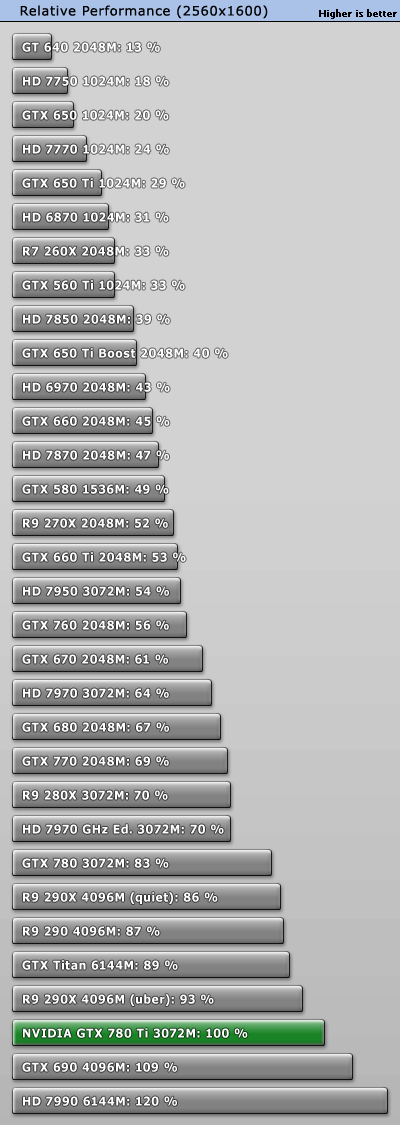Gideon
2[H]4U
- Joined
- Apr 13, 2006
- Messages
- 3,548
I care. Less power comsumption means less heat, means cheaper PSU, more overclocking headroom while running cooler. And saving a few pesos on the powerbill.
With a cpu I might care a bit more since I overclock but with the gpu sitting idle more often then not I could care less, even my 290x didnt bother me nor did I notice really any difference in the power bill. Maybe I just dont game as much as some of you.
![[H]ard|Forum](/styles/hardforum/xenforo/logo_dark.png)

